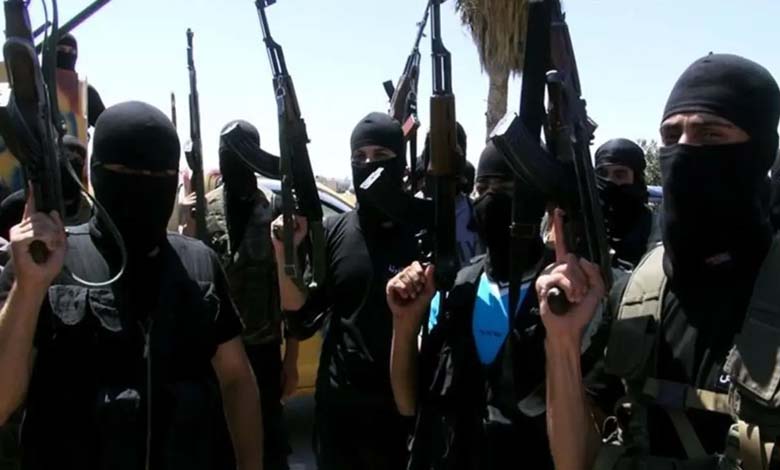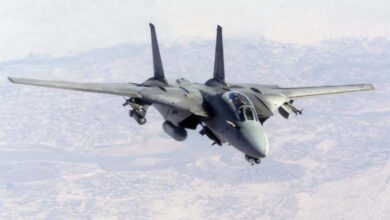Despite the losses How do ISIS groups continue to support their attacks worldwide?

Despite the announcement of its military defeat in Iraq and Syria in 2019, the terrorist organization ISIS has not disappeared. Instead, it has restructured itself into a more complex form, adopting a strategy based on affiliate groups spreading in unstable regions worldwide.
-
France Fights ISIS in Syria: Strikes on “Specific Targets”
-
The forest fires crisis in Syria threatens the fate of farmers
According to experts and Western intelligence reports, ISIS remains a global threat, with its affiliated groups carrying out devastating attacks in 2024, from Iran and Russia to the United States, Europe, and Africa.
In this context, the Al-Hurra network posed the question: How does the organization continue to finance its operations despite its heavy losses?
Security analyst Adrian Shtony responded: “ISIS has become more complex and harder to combat as a decentralized organization compared to the period of its so-called caliphate, where there was a single entity that could be militarily targeted.”
-
The European Union warns of the danger of ISIS in Syria and Iraq
-
ISIS Awakens in Syria: The Organization Awaits the Perfect Moment to Return to the Global Stage
Fewer attacks but increased lethality
According to data from the intelligence firm “Dragonfly,” ISIS and its branches have carried out an average of 600 attacks per year over the past three years, down from 770 attacks annually in the previous three-year period. However, these attacks have become 40% more deadly, with a significant increase in casualties per attack.
New sources of funding
ISIS no longer relies on oil revenues as it once did during its reign in Syria and Iraq. Instead, it has adopted alternative financing methods, including:
-
Neutralization of several leaders of ISIS and Al-Qaeda organizations in Syria… Details
-
Betting on a “Breath of Life”… U.S. Officials Warn of ISIS’s Return in Syria
- Kidnapping for ransom: This has become one of the organization’s primary sources of income, as it holds civilians and foreigners hostage, demanding large sums for their release.
- Extortion and taxation: In areas under its control, ISIS imposes “taxes” on businesses and residents, exploiting fear to maintain control.
- Looting and theft: The organization targets banks, businesses, and plunders local markets to finance its operations.
- Human trafficking: Particularly in regions like Africa and Syria.
- Cryptocurrencies: ISIS has advanced in using digital currencies like Bitcoin to transfer funds discreetly, evading international intelligence monitoring.
- External support: Anonymous donors from various countries continue to finance the organization.
-
Complex Situation and Declaration of War: Escalating Crisis Between Arab Tribes and Syrian Democratic Forces
-
Campgrounds in Northeast Syria: The Most Haphazard Amidst Food Crisis
A persistent threat
Thousands of ISIS fighters detained in Syria pose a long-term threat. General Michael Kurilla, commander of the U.S. Central Command, warned that these prisoners constitute “an ISIS army in detention”, and that any mass prison break could trigger a new security crisis in the region.
Exploitation of digital platforms
One of ISIS’s most concerning evolutions is its heavy reliance on the Internet. Experts emphasize that the organization leverages social media and encrypted applications to promote its ideology, recruit new fighters, and raise funds.
-
The Syrian Crisis: Damascus agrees to allow aid entry through Turkey
-
United States kills ISIS leader in Syria responsible for terrorism in Europe and the Middle East
-
ISIS gunmen exploit earthquake, escape Syria prison… Details












